-
 Bitcoin
Bitcoin $118700
0.18% -
 Ethereum
Ethereum $4207
-0.08% -
 XRP
XRP $3.137
-1.21% -
 Tether USDt
Tether USDt $0.0000
-0.01% -
 BNB
BNB $802.0
0.16% -
 Solana
Solana $174.9
-4.66% -
 USDC
USDC $0.0000
0.01% -
 Dogecoin
Dogecoin $0.2240
-3.41% -
 TRON
TRON $0.3443
1.62% -
 Cardano
Cardano $0.7730
-2.77% -
 Hyperliquid
Hyperliquid $43.29
-3.27% -
 Chainlink
Chainlink $21.13
-3.66% -
 Stellar
Stellar $0.4295
-2.58% -
 Sui
Sui $3.652
-4.60% -
 Bitcoin Cash
Bitcoin Cash $577.8
1.67% -
 Hedera
Hedera $0.2453
-4.42% -
 Ethena USDe
Ethena USDe $1.001
-0.01% -
 Avalanche
Avalanche $22.85
-3.28% -
 Litecoin
Litecoin $120.4
-2.94% -
 Toncoin
Toncoin $3.367
1.48% -
 UNUS SED LEO
UNUS SED LEO $8.979
-0.56% -
 Shiba Inu
Shiba Inu $0.00001294
-4.04% -
 Uniswap
Uniswap $11.03
1.68% -
 Polkadot
Polkadot $3.856
-4.18% -
 Dai
Dai $1.000
0.00% -
 Cronos
Cronos $0.1654
2.16% -
 Ethena
Ethena $0.7810
0.70% -
 Monero
Monero $272.9
2.11% -
 Bitget Token
Bitget Token $4.397
-0.88% -
 Pepe
Pepe $0.00001124
-5.87%
Can NFTs be copied?
NFTs prove digital ownership via blockchain, but the linked files can be copied—ownership isn't about the image, but the verifiable, unique token behind it.
Aug 11, 2025 at 09:49 pm
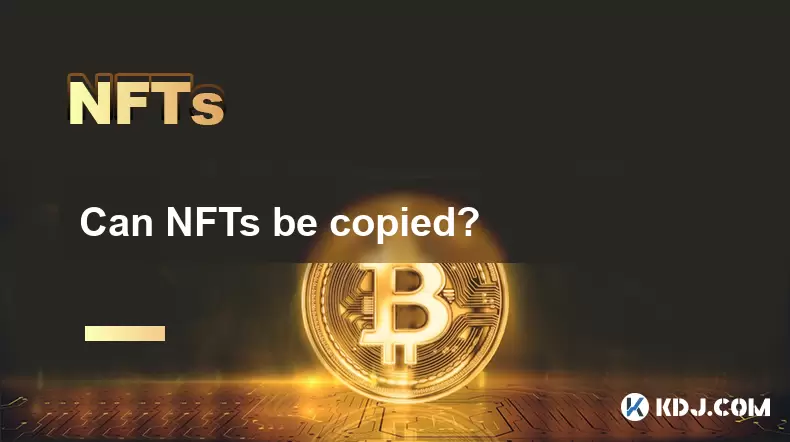
Understanding the Nature of NFTs and Digital Ownership
NFTs, or Non-Fungible Tokens, are unique digital assets verified using blockchain technology. Each NFT contains identifying information recorded in smart contracts, making them distinct from one another. This metadata includes ownership history, creation date, and links to digital files such as images, videos, or audio. While the digital file linked to an NFT can be copied, the token itself cannot be duplicated due to its cryptographic uniqueness. The blockchain ensures that only one person can be the verified owner of a specific NFT at any given time.
The confusion often arises because people equate the digital file (like a JPEG) with the NFT. However, the NFT is not the file itself but a proof of ownership recorded on a blockchain. Anyone can download or screenshot the associated image, but they do not gain ownership of the NFT. The true value lies in the verifiable scarcity and authenticity, not in the visual or media content alone.
Why Digital Files Can Be Copied
Digital media such as images, music, or videos linked to NFTs are typically stored off-chain, often using services like IPFS (InterPlanetary File System) or centralized servers. The NFT contains a URI (Uniform Resource Identifier) pointing to this file. Since the file is accessible via a public link, it can be viewed, downloaded, or duplicated by anyone. This means:
- Right-clicking and saving an image from an NFT marketplace is technically possible.
- Screenshots of NFT artworks can be taken and shared.
- The file can be re-uploaded to other platforms or websites.
Despite this, copying the file does not transfer ownership of the NFT. The blockchain record remains unchanged, and the original purchaser retains the verifiable proof of ownership. The copy lacks the cryptographic signature and transaction history that give the original NFT its value.
How Blockchain Ensures NFT Uniqueness
The blockchain ledger is immutable and transparent, meaning every transaction involving an NFT is permanently recorded. When an NFT is minted, a unique token ID is generated and tied to a specific wallet address. This process involves:
- Deploying a smart contract on a blockchain such as Ethereum, Solana, or Polygon.
- Assigning a token standard like ERC-721 or ERC-1155, which defines the rules for uniqueness and transferability.
- Recording the minting transaction, which includes the creator’s wallet, timestamp, and metadata.
Once recorded, this data cannot be altered. Even if someone creates an identical digital file and mints it as a new NFT, it will have a different token ID and transaction history. Therefore, no two NFTs are the same, even if they reference the same image.
What Happens When Someone Mints a Copy of an NFT?
It is technically possible for someone to take a popular NFT artwork and mint their own version on the blockchain. This results in a duplicate NFT with a different token ID and owner. However, this new NFT lacks the provenance and history of the original. Marketplaces and collectors use tools to verify authenticity, including:
- Checking the creator’s wallet address against known verified profiles.
- Reviewing the minting date and transaction trail.
- Confirming metadata integrity through blockchain explorers.
Even if the visual content is identical, the copied NFT has no connection to the original creator unless authorized. Most reputable NFT platforms implement verification systems to flag unauthorized mints. Collectors rely on these indicators to avoid counterfeit assets.
Practical Steps to Verify NFT Authenticity
To ensure an NFT is genuine and not a copy, users should follow these verification procedures:
- Use a blockchain explorer like Etherscan or Solscan to view the NFT’s smart contract and transaction history.
- Confirm the contract address matches the official one listed by the project.
- Check the token ID and compare it with the official collection’s range.
- Look for verified badges on marketplaces such as OpenSea, Blur, or Magic Eden.
- Examine the creator’s wallet address to ensure it matches the known artist or team.
These steps help distinguish authentic NFTs from unauthorized copies. Tools like OpenSea’s verification system or project-specific dashboards provide additional layers of security. Users should never rely solely on visual appearance when assessing value or legitimacy.
Can You Prevent Others from Copying NFT Content?
While the underlying digital file cannot be fully protected from copying, creators can take measures to assert ownership and deter misuse:
- Embed watermarks or invisible signatures in the digital file.
- Use on-chain metadata to include copyright notices or licensing terms.
- Register the artwork with digital copyright services like Digibody or Proof of Humanity.
- Issue limited editions with clear scarcity indicators in the smart contract.
However, these methods do not prevent downloading. The legal rights associated with an NFT vary by jurisdiction and project. Some NFTs grant commercial usage rights to buyers, while others do not. Buyers must review the license terms provided by the creator before assuming any rights beyond ownership.
Frequently Asked Questions
Can someone steal my NFT by copying it?
No. Copying the image or file linked to your NFT does not transfer ownership. The blockchain record remains with your wallet. Theft can only occur if someone gains access to your private keys or wallet.
If I screenshot an NFT, do I own it?
No. A screenshot is just a copy of the visual content. Ownership is determined by the blockchain record, which shows the NFT resides in a specific wallet. Screenshots have no verifiable ownership.
Are NFTs useless if the files can be copied?
No. The value of NFTs lies in provable scarcity and authenticity, not exclusivity of viewing. Like owning an original painting versus a print, the NFT represents the “original” digital item with a verified history.
Can two NFTs have the same image?
Yes. Different NFTs can reference identical images, but each has a unique token ID and owner. The blockchain distinguishes them as separate assets, even if the visuals are the same.
Disclaimer:info@kdj.com
The information provided is not trading advice. kdj.com does not assume any responsibility for any investments made based on the information provided in this article. Cryptocurrencies are highly volatile and it is highly recommended that you invest with caution after thorough research!
If you believe that the content used on this website infringes your copyright, please contact us immediately (info@kdj.com) and we will delete it promptly.
- Dogecoin's Rally Pause: Bullish Structure Still Intact?
- 2025-08-12 04:50:12
- Whales, Altcoins, and Accumulation: What's the Hype?
- 2025-08-12 04:55:16
- Floki's Valhalla: From Viking Raids to Mainstream MMORPG Domination
- 2025-08-12 05:10:12
- Do Kwon, Terra LUNA, and Lunar Horizons: A Tale of Trials and Tribulations
- 2025-08-12 04:30:12
- Bitcoin, Wealth Protection, and Economies: A Modern Financial Safety Net
- 2025-08-12 04:30:12
- INJ ETF, Crypto Future, and Uncertainty: Navigating the Murky Waters
- 2025-08-12 02:50:12
Related knowledge
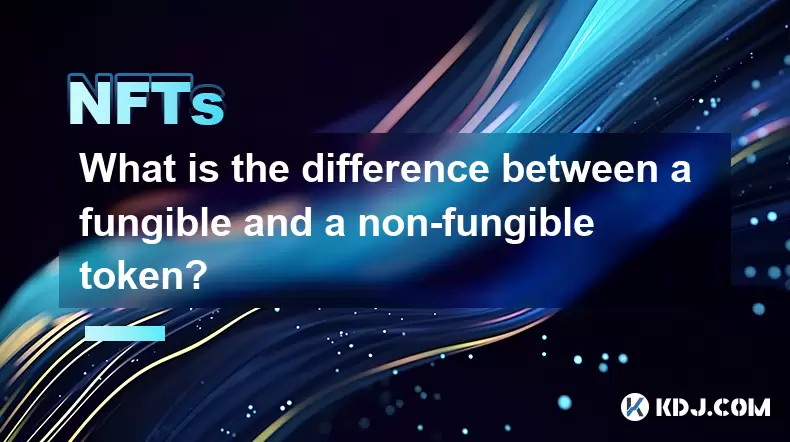
What is the difference between a fungible and a non-fungible token?
Aug 11,2025 at 12:07pm
Understanding Fungibility in Digital AssetsThe concept of fungibility is foundational to understanding both fungible and non-fungible tokens (NFTs) in...
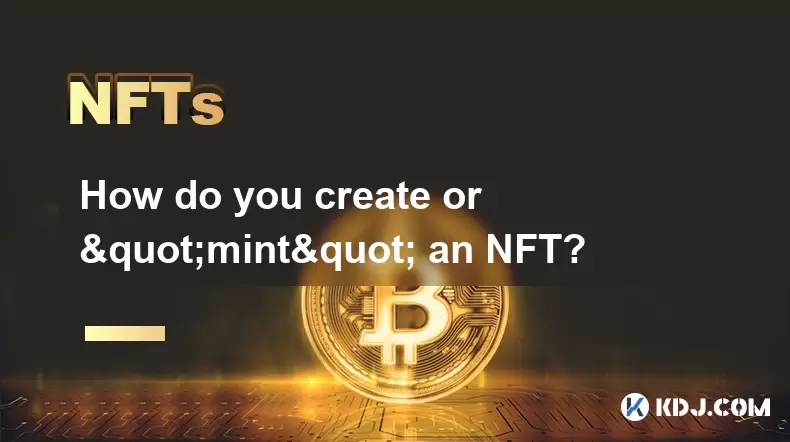
How do you create or "mint" an NFT?
Aug 09,2025 at 08:56pm
Understanding What an NFT Is Before MintingBefore diving into the process of creating an NFT, it's essential to understand what an NFT actually is. An...
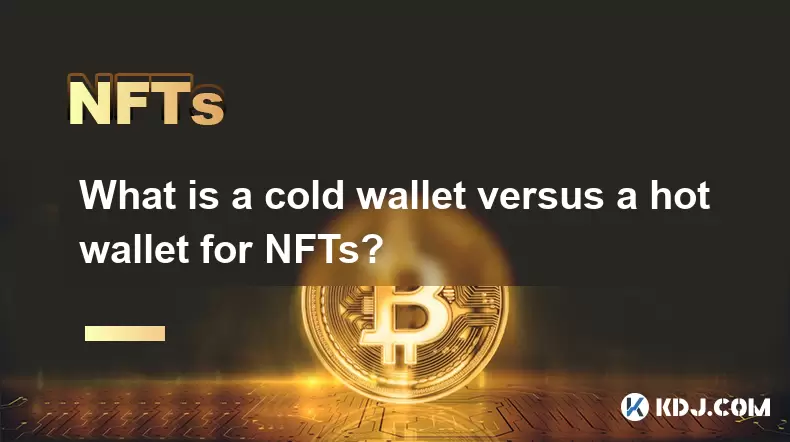
What is a cold wallet versus a hot wallet for NFTs?
Aug 10,2025 at 10:49pm
Understanding Cold Wallets and Hot Wallets in the NFT EcosystemIn the world of NFTs (Non-Fungible Tokens), digital ownership and security are paramoun...

How do I protect my NFTs from being stolen?
Aug 11,2025 at 06:28pm
Understanding the Risks to NFT OwnershipNFTs, or non-fungible tokens, represent unique digital assets secured on blockchain networks. Despite their cr...
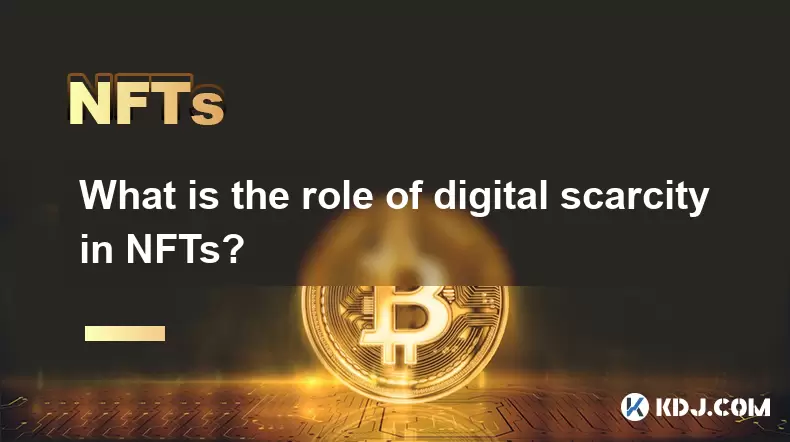
What is the role of digital scarcity in NFTs?
Aug 11,2025 at 11:36pm
Understanding Digital Scarcity in the Context of NFTsDigital scarcity refers to the deliberate limitation of digital assets to create value through ra...
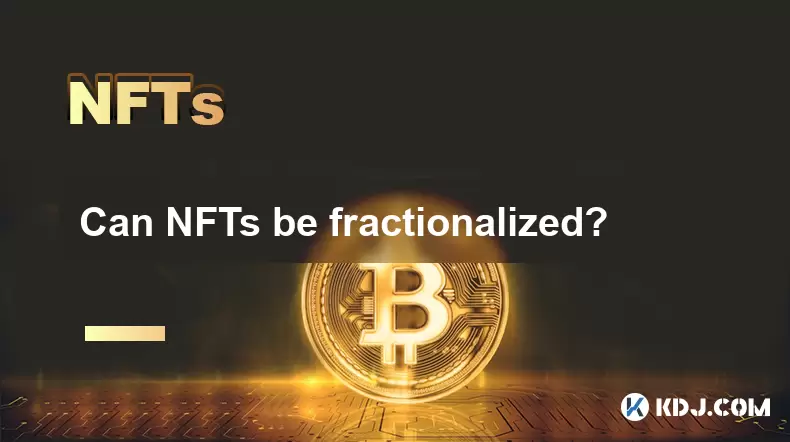
Can NFTs be fractionalized?
Aug 11,2025 at 12:07am
Understanding NFT FractionalizationNFT fractionalization refers to the process of dividing a single non-fungible token into multiple smaller, fungible...

What is the difference between a fungible and a non-fungible token?
Aug 11,2025 at 12:07pm
Understanding Fungibility in Digital AssetsThe concept of fungibility is foundational to understanding both fungible and non-fungible tokens (NFTs) in...

How do you create or "mint" an NFT?
Aug 09,2025 at 08:56pm
Understanding What an NFT Is Before MintingBefore diving into the process of creating an NFT, it's essential to understand what an NFT actually is. An...

What is a cold wallet versus a hot wallet for NFTs?
Aug 10,2025 at 10:49pm
Understanding Cold Wallets and Hot Wallets in the NFT EcosystemIn the world of NFTs (Non-Fungible Tokens), digital ownership and security are paramoun...

How do I protect my NFTs from being stolen?
Aug 11,2025 at 06:28pm
Understanding the Risks to NFT OwnershipNFTs, or non-fungible tokens, represent unique digital assets secured on blockchain networks. Despite their cr...

What is the role of digital scarcity in NFTs?
Aug 11,2025 at 11:36pm
Understanding Digital Scarcity in the Context of NFTsDigital scarcity refers to the deliberate limitation of digital assets to create value through ra...

Can NFTs be fractionalized?
Aug 11,2025 at 12:07am
Understanding NFT FractionalizationNFT fractionalization refers to the process of dividing a single non-fungible token into multiple smaller, fungible...
See all articles

























































































